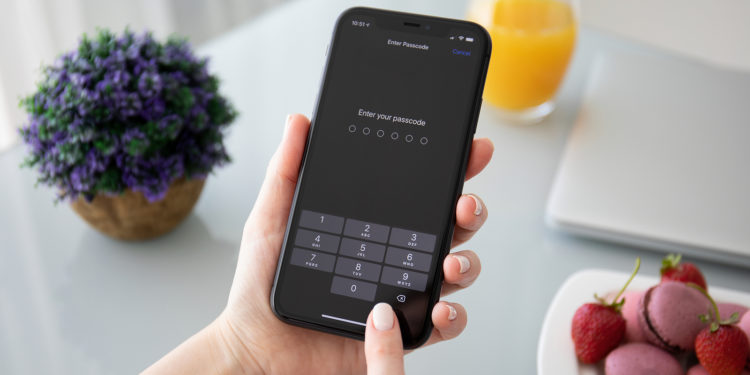Apple released a support document this week with details on the new Apple ID Security Key feature, available starting with iOS 16.3, iPadOS 16.3, and macOS 13.2. The document provides an overview of the feature and explains how to use it.
The optional security feature is intended for people who want "additional protection against targeted attacks such as phishing or social engineering scams," according to Apple. When enabled, logging into an Apple ID requires entering the account's password and then using a FIDO-certified security key to complete two-factor authentication, rather than entering a traditional six-digit verification code from another Apple device.
iOS 16.3: Security keys should be stored securely in multiple locations
Users who enable this feature must be very careful not to lose their security keys, as this can lead to permanent loss of access to their Apple ID account. For this reason, at least two security keys must be set up, with up to six security keys supported. Apple recommends storing security keys in multiple locations. For example, you could hide one key somewhere at home as a backup. In the document is it [called:
Keep your security keys in a safe place and consider keeping a security key in more than one place. For example, keep one key at home and one at work. When you travel, consider leaving one of your security keys at home.
To enable Apple ID security keys on an iPhone or iPad, open the Settings app, tap your name, then tap Password & Security, select Add Security Key, then follow the onscreen instructions. On a Mac, open the System Preferences app, click your name, then tap Password & Security, click Add next to Security Keys, then follow the instructions.
Familiarize yourself with the details before activation
Security keys can be removed at any time by repeating the steps above and tapping or clicking "Remove all security keys." After that, your Apple ID will use a six-digit verification code for two-factor authentication again. Many security keys look like USB sticks, some are equipped with NFC for wireless use, others with Lightning, USB-C and/or USB-A ports for direct connection to iPhones, iPads and Macs. Apple recommends some security keys in the document, such as the YubiKey 5Ci with Lightning and USB-C ports. The Apple document contains other important details that you should look at before enabling the feature. For example, you won't be able to sign in to iCloud for Windows when the feature is enabled and some types of Apple ID accounts aren't supported. (Photo by DenPhoto / Bigstockphoto)





